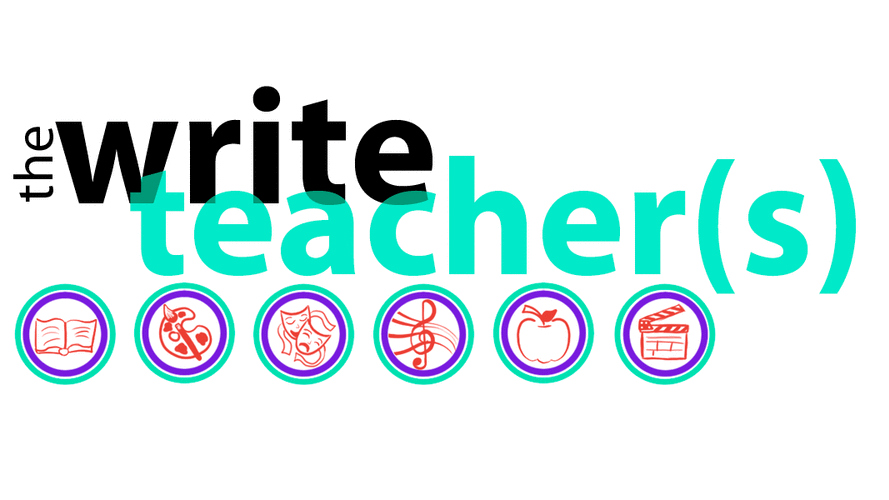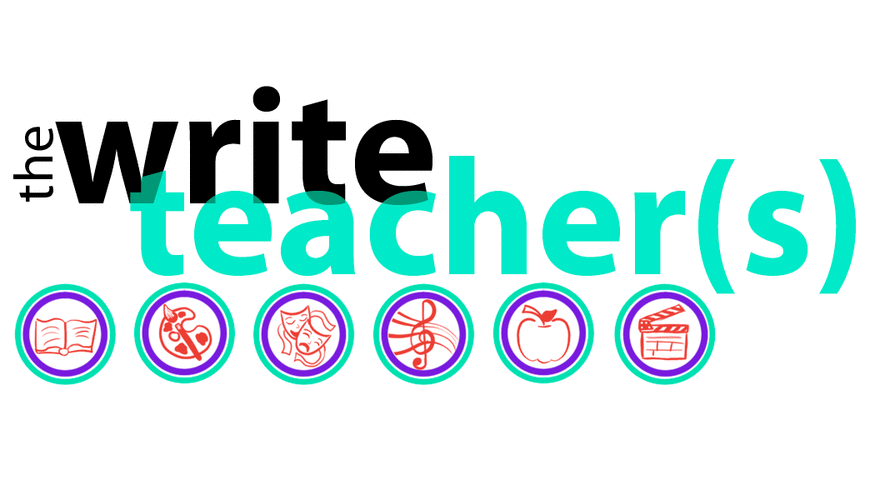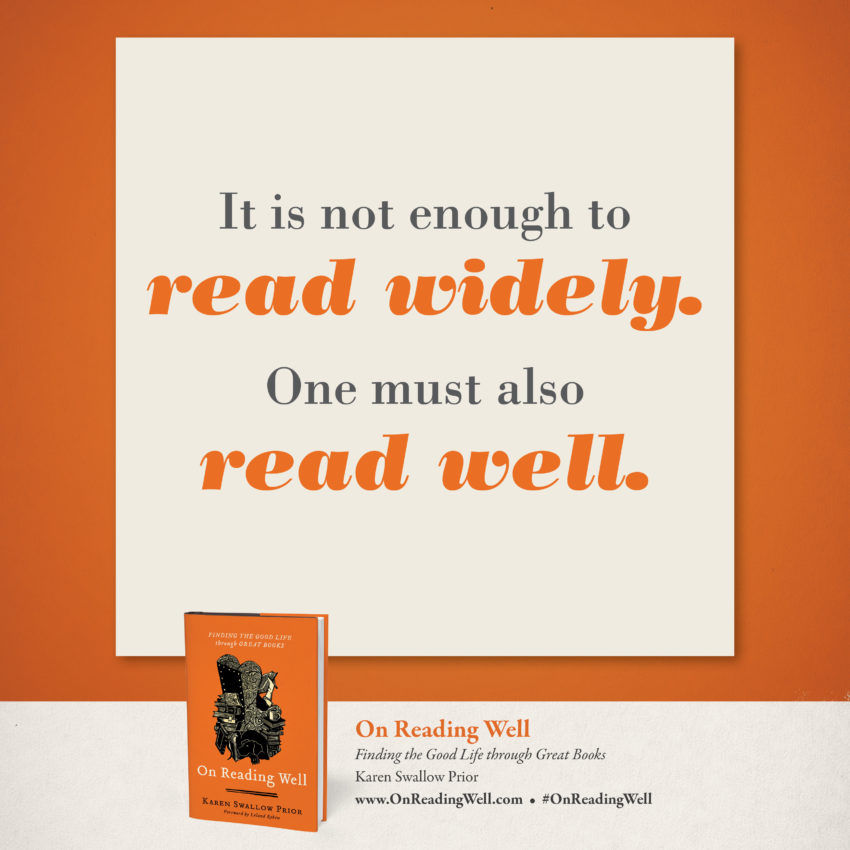When I was in second grade, my teacher would read The Boxcar Children by Gertrude Chandler Warner to the class after recess. It was during those afternoons with Henry, Jessie, Violet, and Benny that I fell in love with reading.
I eventually moved on to Nancy Drew and the Dear America Diaries, to Beverly Lewis and Terri Blackstock, to Agatha Christie and Mary Higgins Clark, to (inevitably) Jane Austen. From there, my thirst for good literature could not be quenched. I scoured the thrift shelf at the library for used copies of Gaskell, Bronte, Montgomery, and Elliot. I’d take my pocket change and go to Borders to buy titles by Dumas, Dostoyevsky, Hugo, and Tolstoy. These books not only served to entertain me, they shaped me.
In her new book, On Reading Well: Finding the Good Life through Great Books (with linocuts by Ned Bustard), Karen Swallow Prior argues that we are formed through the habit of reading good books. “It is not enough to read widely. One must also read well.”
Dipping deep into the well of literature she has consumed, absorbed, and loved, Dr. Prior uses the pages in this book to show how great literature can cultivate virtue. She explores the Cardinal Virtues (prudence, temperance, justice, and courage), the Theological Virtues (faith, hope, and love), and the Heavenly Virtues (chastity, diligence, patience, kindness, and humility).
With so much information at our fingertips today, it is often difficult to take the time to sit down with a good book and digest it for more than its plot. Dr. Prior reminds us that “the true worth of books is in their words and ideas, not their pristine pages.”
The book moves at a nice pace, but it is not meant to be consumed quickly. Each chapter requires the reader to encounter a new or familiar cast of literary characters and observe how they reflect behavior indicative of (or averse to) a particular virtue.
While I found value in each chapter, I was particularly moved by the chapters on temperance and justice considering life in the United States in 2018. In exploring each of these virtues, Dr. Prior encourages her reader to not only understand how the virtue (or lack thereof) affects a piece of fiction, but challenges them to see how that virtue exists in the society we live in today.
We don’t often speak of temperance. The word often connotes prudishness or teetotalism, resisting temptation or restraint. In her discussion of temperance, Dr. Prior shows that “one attains the virtue of temperance when one’s appetites have been shaped such that one’s very desires are in proper order and proportion.” Jay Gatsby is a tragic example of an intemperate character who failed to find a balance between the extremes of excess and deficiency. He, like many who pursue excess, was after an ideal, not a person or an object. How often do we find ourselves pursuing an ideal, something that isn’t real, fabricated?
While The Great Gatsby is one of the better known novels discussed in this book, Dr. Prior’s examination of the society its set in as a sort of Babylon parallels the consumption-driven culture we live in today. The sad story of Jay Gatsby and Daisy Buchanan can often seem like a dark fairytale set on the North Shore of Long Island, but its warning against intemperance has been relevant since its publication.
Unlike the word temperance, justice is a word liberally used today. But, what does it mean to be just? Is our perceived meaning accurate? How is justice reflected in literature? Using A Tale of Two Cities by Charles Dickens, Dr. Prior examines the difference between what is “just” and what is “fair.” She uses the characters in Dickens’ novel to show that, in a fallen world, what is just is not always fair and cautions the reader not to use the words interchangeably. The central event of the novel happens before the first page of the story and affects the lives of countless characters. Injustice is never an isolated incident and always has public consequences.
Considering the Reign of Terror, the time during which A Tale of Two Cities is set, Dickens’ novel shows that “excessive anger distorts justice, turning it into vengeance.” It seems like a clear concept to understand on paper, but how easy it is to cross that line? How often is injustice met with injustice? A Tale of Two Cities shows that violence is inevitably the bitter fruit of injustice.
While Dickens’ novel does not offer an end-all-be-all definition of justice or a solution for broken justice systems, grappling with his characters and the events that compelled them to behave in certain ways humanizes a complex issue and opens the door to a good, important conversation.
This book has challenged me to take more time with the literature I read to better understand the characters and societies represented and reflect on the consequences of their behavior. More than that, it shows that humans have been wrestling with these virtues for a long time. The literature discussed in On Reading Well is diverse in origin and subject matter.
The book is an absolute delight and will not only entertain but enrich your encounter with good books. Reading is an invitation to participate. Reading is an aesthetic experience. Reading well shapes character.
Get your copy here, you will not be disappointed.
. . .
Of course, it is not necessary to read all of the literature Dr. Prior explored in order to enjoy her book, here’s a quick list in case you would like to read some of the titles before considering her analysis:
- Persuasion by Jane Austen
- Pilgrim’s Progress by John Bunyan
- A Tale of Two Cities by Charles Dickens
- Silence by Shusaku Endo
- The History of Tom Jones, a Foundling by Henry Fielding
- The Great Gatsby by F. Scott Fitzgerald
- The Road by Cormac McCarthy
- “Revelation” by Flannery O’Connor
- “Everything That Rises Must Converge” by Flannery O’Connor
- “Tenth of December” by George Saunders
- The Death of Ican Ilych by Leo Tolstoy
- The Adventures of Huckleberry Finn by Mark Twain
- Ethan Frome by Edith Wharton


